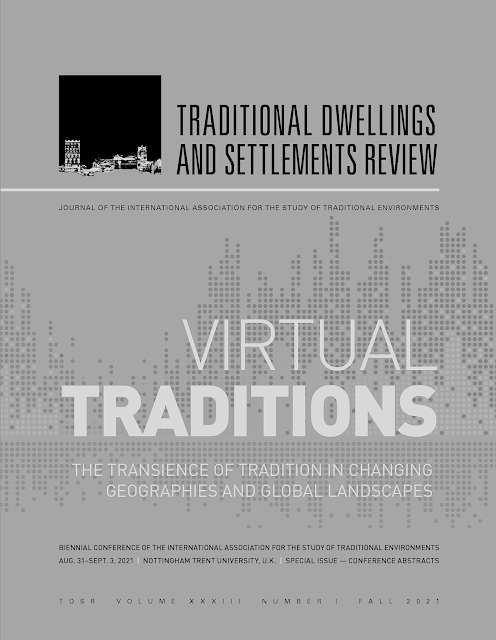Contrasting Realities in the Riverside Museum of Glasgow
The Imagined and the Experienced
Contrasting Realities in the Riverside Museum of Glasgow
Ashraf M. Salama & Laura MacLean
Effective buildings or urban environments require diverse qualities that can be framed conceptually under two symbiotic concepts: the imagined and the experienced. Understanding these two principal aspects of space allows development of insights elucidating important aspects of its production and reproduction. Adopting a Lefebvrian point of view, this paper examines these two different but related types of space — the conceived (imagined), and the perceived and the lived (experienced) — as they relate to Zaha Hadid’s Riverside Museum in Glasgow, winner of the 2013 European Museum of the Year Award.
While these spaces have been thoroughly explored in the contemporary urban literature (at the urban scale), they have been overlooked within architectural discourse (at the architectural scale). Operationally defined, imagined space is that theorized by architects and designers — their beliefs and visions for creating a desired spatial reality. Yet, another spatial reality must be considered relevant: the experienced space that involves socio-spatial practice, including the unconscious, nonverbal direct relation between people and space. This is the space that is occupied through associated images and symbols.
Building on these conceptions of space, the paper hypothesizes that projects promoted by governments or local municipalities and covered heavily (or celebrated) in the media do not necessarily meet program requirements, user expectations, or simple human needs with regard to the built environment. Examining this postulation through the contrasting realities of the imagined and the experienced spaces of the Riverside Museum, the paper utilizes a comprehensive approach to inquiry that involves a juxtaposition of two layers. The first is an analysis of the imagined space as portrayed in the architect's conceptual design statements and the critical writings on the project. The second is exclusively focused on the experienced space and involves an experiential assessment study encompassing a wide spectrum of methodical procedures. These include contemplation of selected settings, examination of emotional experiences, the creation of behavioral maps showing the use of the museum, and a procedure for walking tour assessment.
While the investigation maintains an objective view of the imagined and the experienced, key findings suggest incongruity between the two, where a number of qualities relevant to the experienced space do not seem to have been met. In essence, the experienced seems to be an outcome of a nonresponsive imagined. The paper suggests that lived or experienced space is mostly subjective. It thus involves the actual experience of individuals, which is performed as an outcome of the imagined. While the case addresses one specific or unique museum project, implications can be advanced with in-depth narratives and articulations on a better and more effective compatibility between the imagined and the experienced.
Building on these conceptions of space, the paper hypothesizes that projects promoted by governments or local municipalities and covered heavily (or celebrated) in the media do not necessarily meet program requirements, user expectations, or simple human needs with regard to the built environment. Examining this postulation through the contrasting realities of the imagined and the experienced spaces of the Riverside Museum, the paper utilizes a comprehensive approach to inquiry that involves a juxtaposition of two layers. The first is an analysis of the imagined space as portrayed in the architect's conceptual design statements and the critical writings on the project. The second is exclusively focused on the experienced space and involves an experiential assessment study encompassing a wide spectrum of methodical procedures. These include contemplation of selected settings, examination of emotional experiences, the creation of behavioral maps showing the use of the museum, and a procedure for walking tour assessment.
While the investigation maintains an objective view of the imagined and the experienced, key findings suggest incongruity between the two, where a number of qualities relevant to the experienced space do not seem to have been met. In essence, the experienced seems to be an outcome of a nonresponsive imagined. The paper suggests that lived or experienced space is mostly subjective. It thus involves the actual experience of individuals, which is performed as an outcome of the imagined. While the case addresses one specific or unique museum project, implications can be advanced with in-depth narratives and articulations on a better and more effective compatibility between the imagined and the experienced.









